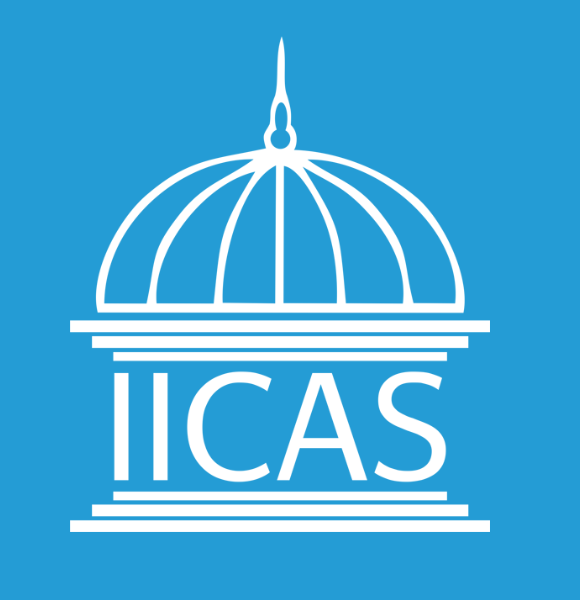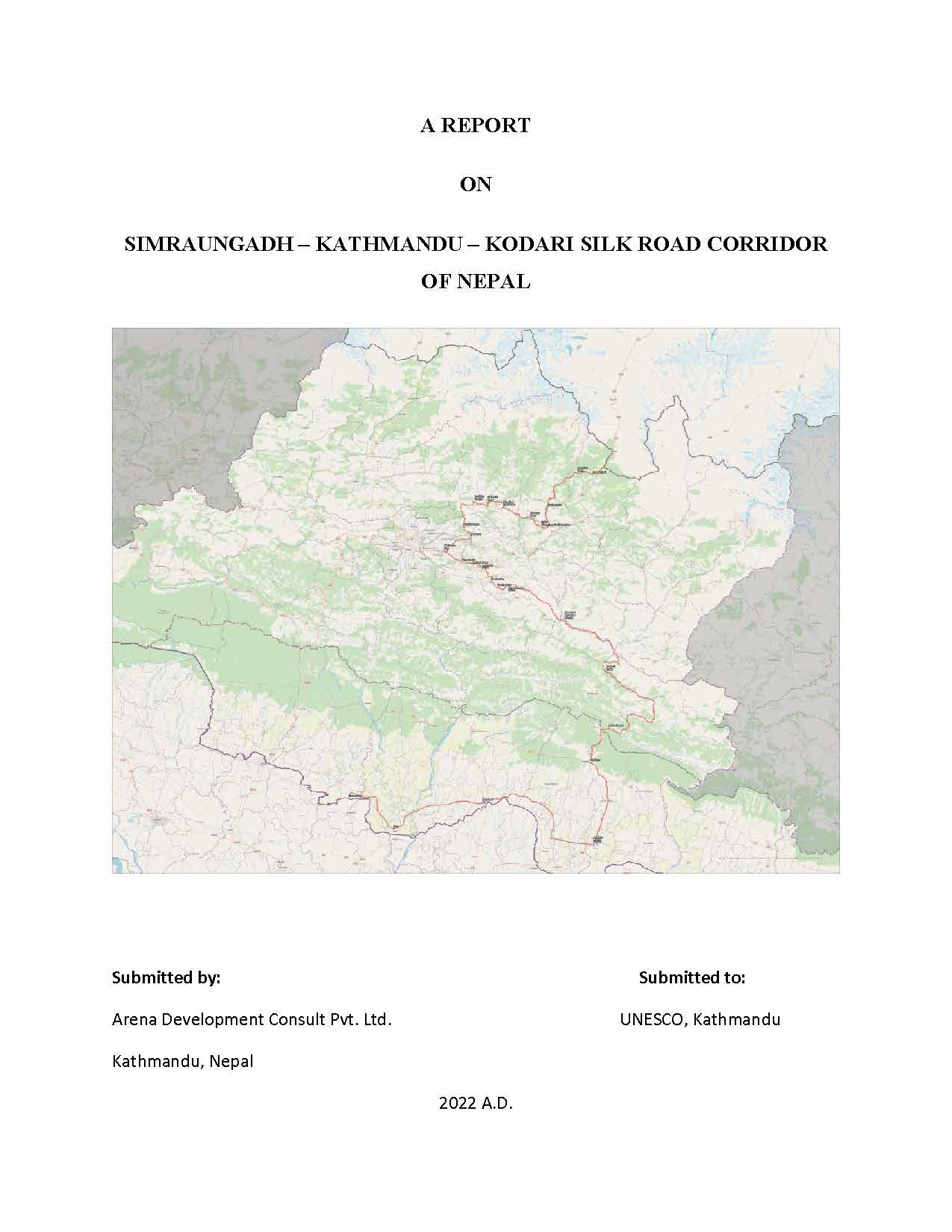The “Documentation, understanding the significances of Silk Roads Heritage Corridors in Nepal”
Team: Arena Development Consult Pvt. Ltd - Kathmandu, Nepal;
The primary objective of this research is to do a preliminary study of the Simrongadh – Kathmandu – Kodari corridor to identify its possible link to the Silk Road. So the exertion aims to study the trans-border relation of Nepal with India and China in the political, religious and cultural context developed through this ancient route. Since it is a study of particular time period of history, it explores the religion, culture and trade history of Nepal linked with mentioned historical route from India to Tibet via Kathmandu valley. Numerous ancient settlements along the corridor and the available literatures particularly created in the same historical period are the main sources of this study. Therefore, some nodal towns developed within 2nd Century BC to 16th Century AD will be identified during this study. Finally, through the analytical study of history and culture of Simrongadh – Kathmandu – Kodari corridor, it has targeted to find out the position of Nepal, especially of mentioned corridor in connection with ancient Silk Road. Following are the objective set for the study
1. Explore and identify the component sites/ monuments and nodes/nodal town/s within the Simrongadh - Kathmandu - Kodari corridor;
2. Prepare bibliography for further study of the Simrongadh - Kathmandu - Kodari corridor;
3. Prepare the Simrongadh - Kathmandu - Kodari corridor map indicating the connecting component sites/monuments and nodes/nodal town/s identified, with the related information.
This study completely deals with historical events occurred on the basis of Simrongadh - Kathmandu - Kodari corridor. The activities related to political, cultural, and religious and trade history will be explored being evidence based. Therefore, the study will shed light on the entire historical significance of Silk Road in Nepal developed through mentioned route.


